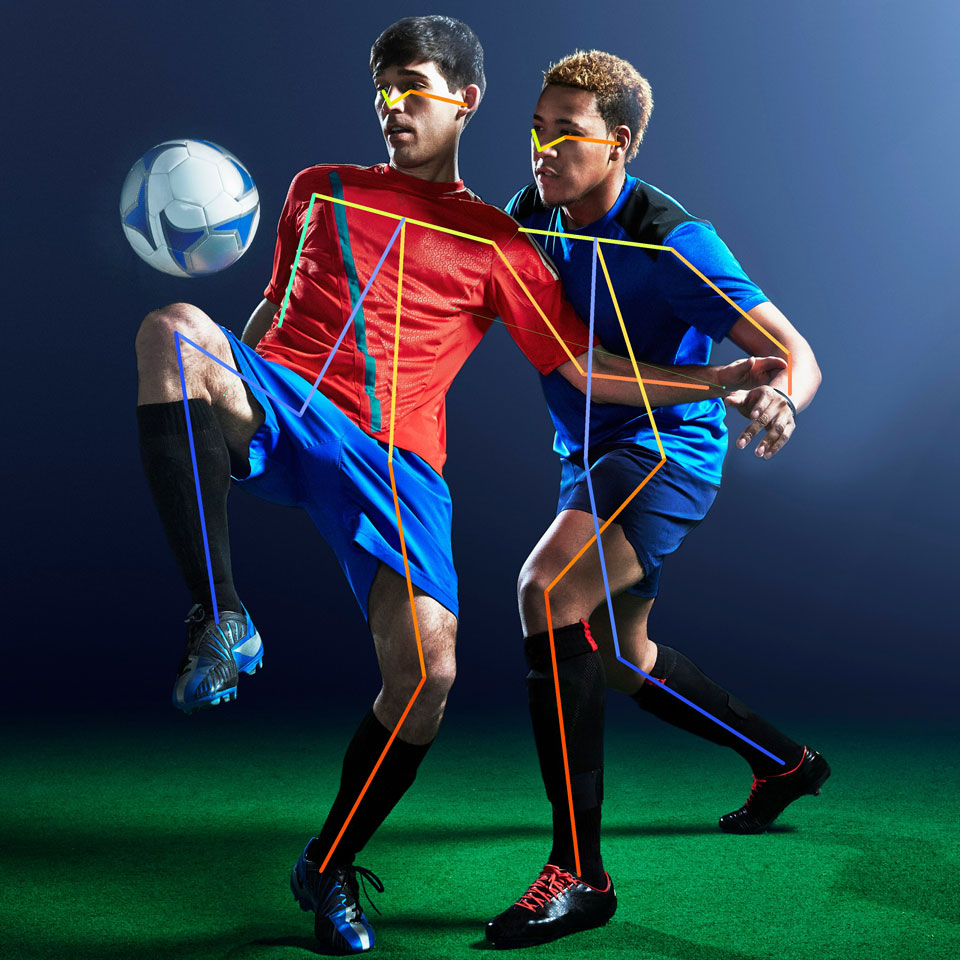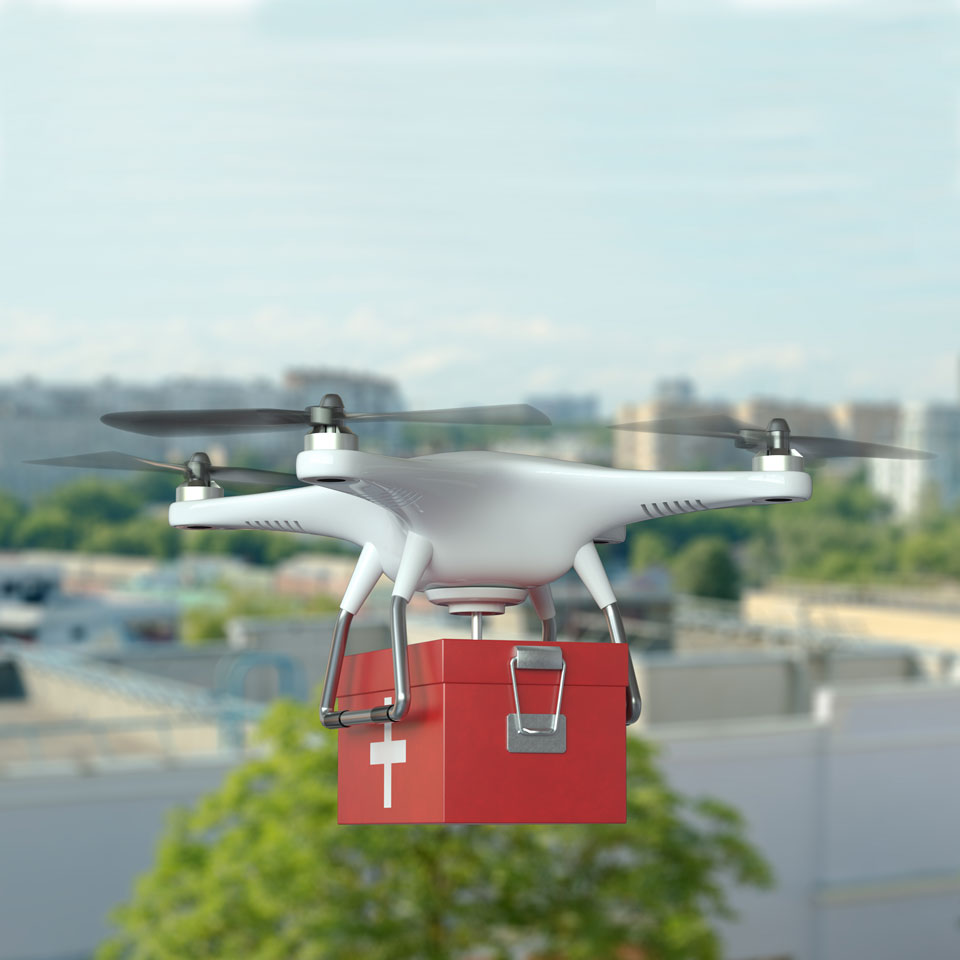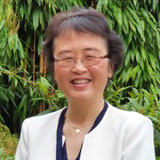Professor Baihua Li
Professor of Computer Vision and Machine Learning – Computer Science
Professor Baihua Li’s expertise is in artificial intelligence (AI) and machine learning with specialisms in computer vision, pattern recognition, and signal and image processing. Her research has applications across every aspect of our lives – as reflected by the breadth of her industrial partnerships during the past 15 years. Her work is widely published – with more than 100 papers appearing in the most prestigious academic journals and presented at conferences – and attracts substantial support from a range of funding bodies.
The Intelligence Revolution – teaching machines to learn
Cognitive technologies and AI are a part of modern life. Many of us don’t even realise how often we use them during our everyday activities and work. We access maps via our phones; rely on autocorrect to amend our typos; try to be patient with chatbot assistants; binge our next boxset, based on algorithmic recommendations; ask Siri or Alexa to do our bidding... Baihua’s expertise underpins these kinds of technologies – and she is pushing back the boundaries of what is possible.
When I tell people what I do, sometimes they glaze over or look terrified – thinking perhaps either computer nerd or Skynet. But mention football, delicious sandwiches, underwater exploration or PlayStation and they start to relax and take an interest.
My research encompasses the development of novel AI and machine learning, alongside computer vision technology for modelling, reasoning and pattern analysis all of which have real-world applications in healthcare, human-computer interaction (HCI), intelligent systems, robotics, sport, video gaming, big data analytics – just about everywhere.
Over the years, I’ve been lucky to work with diverse and interesting partners – using my knowledge to develop a surprising variety of applications.
One, perhaps unlikely sounding, collaboration was in 2013 with video game designer Broadsword Interactive. They drew on my expertise in human motion tracking and activity recognition to create PlayStation’s hugely successful Dance UK.

My research in the area of human movement is ongoing. I led the team who recently worked with sports-tech company Statmetrix to develop a system that analyses team and individual players' performance on the football pitch.
Combining computer vision, deep learning and AI, the technology speeds up player activity analysis – supporting performance development and talent recruitment.
The NFL [American football league] are very interested in this work and would like to collaborate on projects around player performance analysis and talent selection. And, of course the technology has potential for adaptation for a host of other sports as well.
Beyond sport, I’ve also worked on the development of an AI system that can predict air pollution levels up to a couple of days in advance. As well as supporting a carbon credit trading initiative, it allows policymakers and scientists to better understand the many factors that influence PM2.5 levels – the weather as well as seasonal and environmental factors – and take action to protect public health.
It’s really gratifying to know that my work plays a positive role across such a wide range of sectors.

In fact, my expertise has many applications within healthcare. I’ve worked on the enhancement of upper-limb prosthesis control through machine learning of muscle activation patterns from non-invasive sEMG; helped improve the security of (stored and shared) medical images; developed a diagnostic tool for autism spectrum condition in adults as well as a novel way to identify retinal diseases.
In collaboration with industry partners, my team and I are developing intelligent drone-enabled logistics solutions for the delivery of high-value cargoes such as blood products. This will support the NHS and other healthcare providers - ensuring the timely delivery of critical materials, especially in remote regions.
Meanwhile, I’ve contributed to work around food security and plant health within agriculture. This includes exploring the use of autonomous vehicles and AI to ensure the precise, smart spraying of crops.
Meanwhile, I’ve developed an automated AI-inspector for high-quality rapid screening of compound effectiveness to speed up the development of a new generation of safe and effective herbicides.
In 2022, I started a new three-year project which looks at improving livestock welfare while reducing carbon emissions on dairy farms.
Within the food processing industry, a Knowledge Transfer Partnership allowed me to work with (food production automation company) Millitec Food Systems to teach robots how to build the perfect sandwich. The new technology will help food manufacturers to reduce costs and address the skills shortage they’ve faced during the past 15 years.
The first intelligent Hygienic Delta robot was deployed in 2020 in one of the UK’s biggest sandwich-making factories. It produces an astounding 750,000 sandwiches a day!
And, of course, machines can help us with all manner of other activities – spanning natural language processing (NLP) in the financial sector, AI-based built environment mapping for resilient risk management and insurance, and curiosity driven autonomous underwater exploration for discovering unknown marine habitats and protecting natural resources.
I guess the common thread running through my research is teaching machines to understand human activity and behaviours – be that in agriculture, business, healthcare, manufacturing, security, sport, transport and so on – so that they can better support and enhance our lives as we move forward into the Intelligence Revolution.
My research journey
I’ve been interested in science and engineering since I was a teenager when I really enjoyed my Physics and Maths classes at school. Luckily, my family has always been always very supportive of me, encouraging me every step of the way along my journey.
In 1985, I accepted a place at Tianjin University, at home in China, to study for a BSc in Electronic Engineering. When I graduated, I decided to stay on to pursue postgraduate studies and embarked on a MSc in Communication and Signal Processing.
I then worked, for about five years, as an Assistant Lecturer in the School of Electronics and Information at Tianjin, and realised that I wanted to focus on a career in research.
So, I was thrilled to secure a studentship and come to the UK – joining Aberystwyth University, in 2000, to begin my PhD. This is when I really moved into Computer Science and began to specialise in Computer Vision and Machine Learning for Human Motion Tracking and Analysis.
My first role, after my PhD, was with the School of Computing, Mathematics and Digital Technology at Manchester Metropolitan University. I was appointed Lecturer and was then promoted to Senior Lecturer.
In 2015, I came to Loughborough where I am now Professor in Computer Vision and Machine Learning.
Alongside my research and teaching responsibilities, I am the Impact Coordinator for my Department. The transfer of research to industry is really important to me – it generates wide societal and economic benefits. It’s really gratifying to know that my work plays a positive role across such a wide range of sectors.
